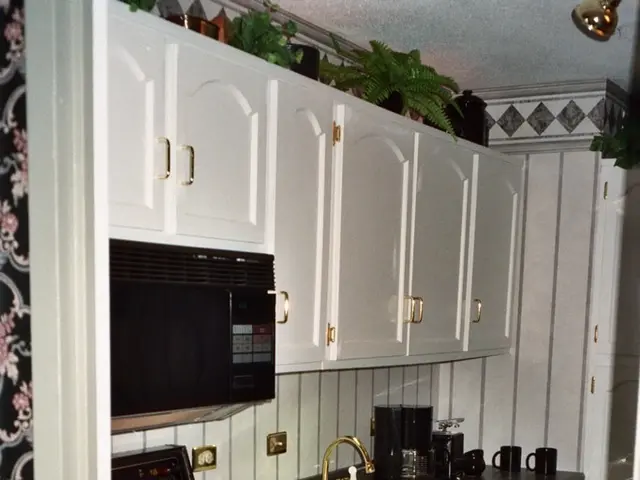Cultivating Saras Bernhardt Peonies: A Guide to Nurturing this Eternal Blossom
Caring for and Propagating the Red Sarah Bernhardt Peony
The Red Sarah Bernhardt peony, renowned for its lush double blooms, is a delightful addition to any garden. Here's a guide to help you care for and propagate this beautiful plant.
Light Requirements
Full sun to partial shade is optimal for the Red Sarah Bernhardt peony, ensuring robust blooming. Ideally, plant where it receives at least 6 hours of direct sunlight daily [1][4].
Watering Needs
Maintain consistent watering during warm weather, especially in spring and summer when the plant is actively growing and flowering. Avoid waterlogging by ensuring good drainage [1].
Temperature and Humidity Preferences
Peonies thrive best in temperate climates with cool winters for dormancy and moderate summer temperatures. They prefer USDA hardiness zones 3-8. Humidity should be moderate; excessive humidity may encourage fungal diseases [4].
Soil and Compost Requirements
A well-drained soil is essential to prevent root rot. A fertile, loamy soil enriched with organic matter or compost improves growth and bloom quality. Planting in soil amended with compost increases nutrient availability and soil structure [4].
Fertilizer Needs
Fertilize once a year in early spring or fall with a balanced granular fertilizer such as Azomite. Apply around the drip line, taking care not to touch fresh sprouts to avoid burning them [1].
Problems, Pests, and Diseases
Common issues include fungal diseases such as botrytis blight, aphids, and nematodes. Good air circulation, avoiding overhead watering, and removing dead or diseased foliage reduce these problems. Regular monitoring is important [4].
Pruning Methods
Deadhead spent blooms promptly to prevent seed pod formation, which helps redirect energy to root and shoot growth. Leave foliage intact during the growing season and prune back to 1–2 inches above ground level at the end of the season after foliage dies back naturally [1].
Propagation Techniques
Sarah Bernhardt peonies are typically propagated by division of root clumps during dormancy, preferably in early fall or late summer. Carefully dig around the plant, lift the root clump, and divide it using a sharp knife, ensuring each division has at least 3-5 eyes (growth buds). Replant divisions immediately in well-prepared soil [4].
Care Tips
- Avoid using fertilizers with high nitrogen content for the Red Sarah Bernhardt peony.
- After the first frost, or when the leaves begin to change color, cut the stems back to nearly ground level.
- Plant the Red Sarah Bernhardt peony in spring.
- The Red Sarah Bernhardt peony is deer resistant and generally unbothered by insect pests.
- Pruning a Red Sarah Bernhardt peony can encourage the formation of new buds.
- The Red Sarah Bernhardt peony prefers humidity levels in the middle ranges (40-70 percent) and a soil pH of 6.5-7.
- The Red Sarah Bernhardt peony has a chill period requirement for blooming.
- The Red Sarah Bernhardt peony requires well-draining, rich soil and prefers full sun to partial shade, but prefers afternoon shade.
- Container-bound Red Sarah Bernhardt peonies have a deep taproot and do not like to be moved.
- The Red Sarah Bernhardt peony spreads 24-36 inches (61-91cm) and grows to a height of 34-36 inches (86-91cm).
[1]: Gardening Know How [4]: Missouri Botanical Garden
Maintaining the Red Sarah Bernhardt peony's lifestyle in a home-and-garden setting can be enhanced by planting it where it receives at least 6 hours of direct sunlight daily for robust blooming. Regularly pruning the spent blooms and propagating it by dividing root clumps during dormancy are essential gardening practices for nurturing this beautiful plant.








